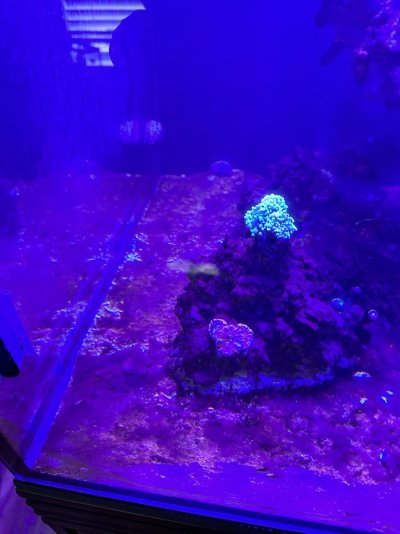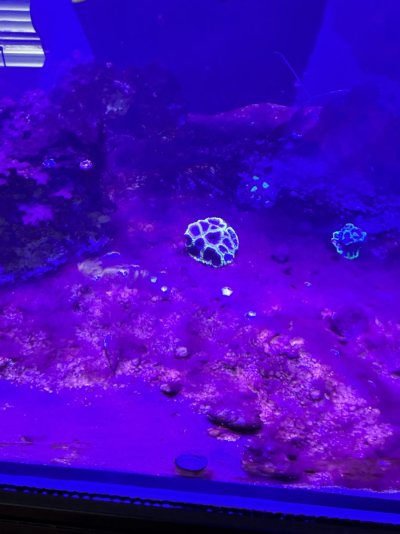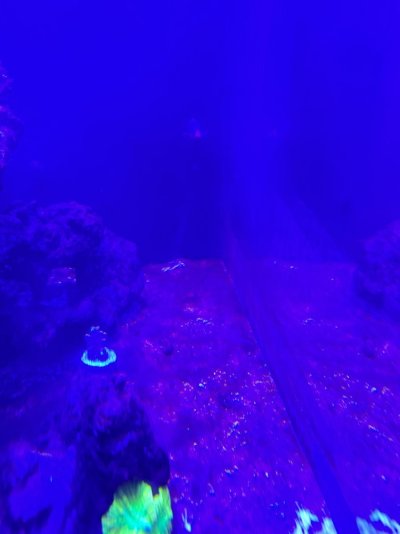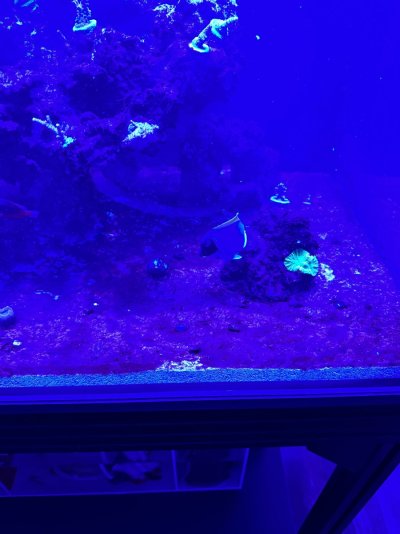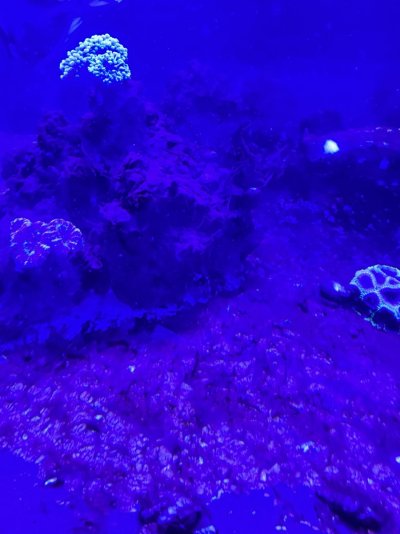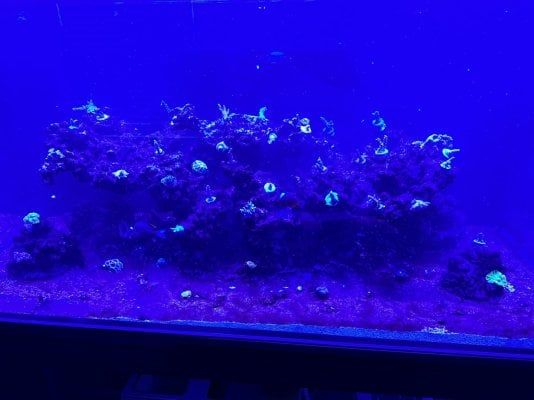So it has been a week. I upped the dose to the week 2 amount. I don’t know if I am seeing results or if it is just wishful thinking. A few tiny spots of sand are white. Small little circles.
Here are some unfiltered blue pics. You can see the tiny white spots.
Here are some unfiltered blue pics. You can see the tiny white spots.




